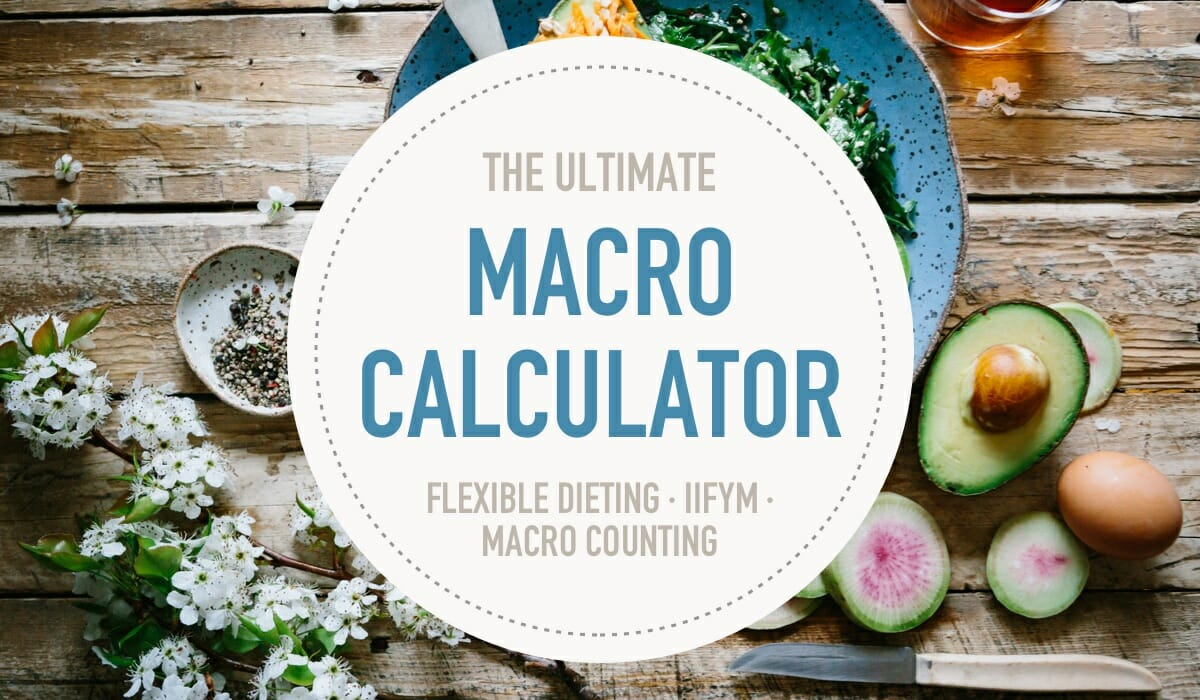Discover how a macro calculator can help you achieve your health goals by providing customized recommendations for protein, carbs, and fats based on your unique needs and lifestyle.
When it comes to health and fitness, one size rarely fits all. That’s why more people are turning to macro calculators: tools that provide customized nutritional recommendations for proteins, carbohydrates, and fats based on individual needs and lifestyle factors.
Whether you’re aiming to lose fat, build muscle, or maintain your current weight, understanding and managing your macronutrient intake can be a game-changer in reaching your health goals.
Understanding macro calculators
A macro calculator is a tool designed to determine your ideal daily intake of macronutrients, the three major nutrients your body needs in large amounts:
Unlike general diet advice, macro calculators tailor their recommendations based on your body composition, lifestyle, and fitness or weight loss goals. By doing so, they offer a more personalized and often more effective approach to nutrition.
These calculators are rooted in science and use validated formulas to help users understand not just how many calories they need, but what those calories should be made of.
That’s important because macronutrient balance affects everything from energy levels to muscle growth to fat loss.
How macro calculators work
Macro calculators use several key inputs to generate your unique nutritional blueprint:
- Age, height, and weight: These basic physical metrics help estimate your energy needs.
- Activity level: Ranges from sedentary to very active and adjusts your calorie and macro needs accordingly.
- Body composition: If you know your body fat percentage, it can refine the calculations even further.
- Fitness goals: Whether your aim is to lose weight, build muscle, or maintain your physique, the calculator adjusts your macro split to match.
Using this information, the calculator estimates two core figures. One is your basal metabolic rate (BMR), which is the number of calories your body burns at rest.
The other is your total daily energy expenditure (TDEE), which is the total number of calories you burn in a day, including all activities.
From there, it distributes your calories into specific percentages of protein, carbs, and fat based on your goals.
Benefits of tracking macronutrients
Tracking macros offers several advantages. For instance, recent research found that tracking macros, regardless of the dietary pattern participants followed, led to modest weight loss and cardiovascular improvement within six months.
Unlike calorie counting, macro tracking emphasizes nutritional quality, not just quantity. You’re not simply staying within a calorie limit; you’re ensuring your body gets the right balance of nutrients to function at its best.
It’s also personalized. Macro calculators recognize that no two bodies are the same, and each person needs a unique mix of nutrients based on their metabolism, activity level, and goals.
Most importantly, it’s goal-oriented. Whether you’re training as an athlete, building muscle, or simply aiming to improve overall health, tracking macros helps you align your diet with your specific objectives.
How to use a macro calculator effectively
To make the most of a macro calculator, follow these steps:
- Be accurate with your inputs: The more precise the data you enter, the better the recommendations will be.
- Use the suggested values as a starting point: These aren’t set in stone, but they provide a strong foundation.
- Track your intake. Use a food tracking app to log your meals and compare them against your daily macro targets.
- Assess and adjust: After two to three weeks, evaluate how your body is responding. If you’re not seeing the desired results, tweak your macros accordingly.
- Recalculate as needed. As your weight, activity level, or goals change, so should your macro targets.
Common macro distribution patterns
While individual needs vary, common macro splitsTrusted Source align with specific goals.
- Fat loss goals: Higher protein (30–40%), moderate fat (20–30%), lower carbs (30–40%)
- Muscle gain goals: High protein (25–35%), moderate fat (20–30%), higher carbs (40–55%)
- Maintenance goals: Balanced intake, about 30% protein, 30% fat, and 40% carbs
These templates can serve as useful starting points, but always be prepared to fine-tune based on your progress and personal preferences.
Takeaway
A macro calculator is a practical and personalized tool that can help you take control of your nutrition, support your fitness goals, and guide you toward a healthier, more balanced lifestyle.
Although macro calculators are powerful tools, they’re just part of the equation. Food quality matters.
A 2024 meta-analysis found that choosing healthy fats and non-processed protein sources, such as nuts, seeds, fish, and legumes, over refined carbs, saturated fats, and processed meats is linked to a lower overall risk of death.
This highlights the importance of meeting your macro targets with nutrient-dense, whole foods.
Also, keep in mind that everyone responds differently to various macro distributions, so some experimentation may be needed to find what works best for your body and goals.
Above all, consistency matters most. The best nutrition plan isn’t necessarily the trendiest or even the most precise. It’s the one you can maintain over time.
If you’re just getting started, consider working with a registered dietitian. They can provide personalized guidance, clear up common misconceptions, and help you develop a sustainable approach based on your unique physiology and lifestyle.














